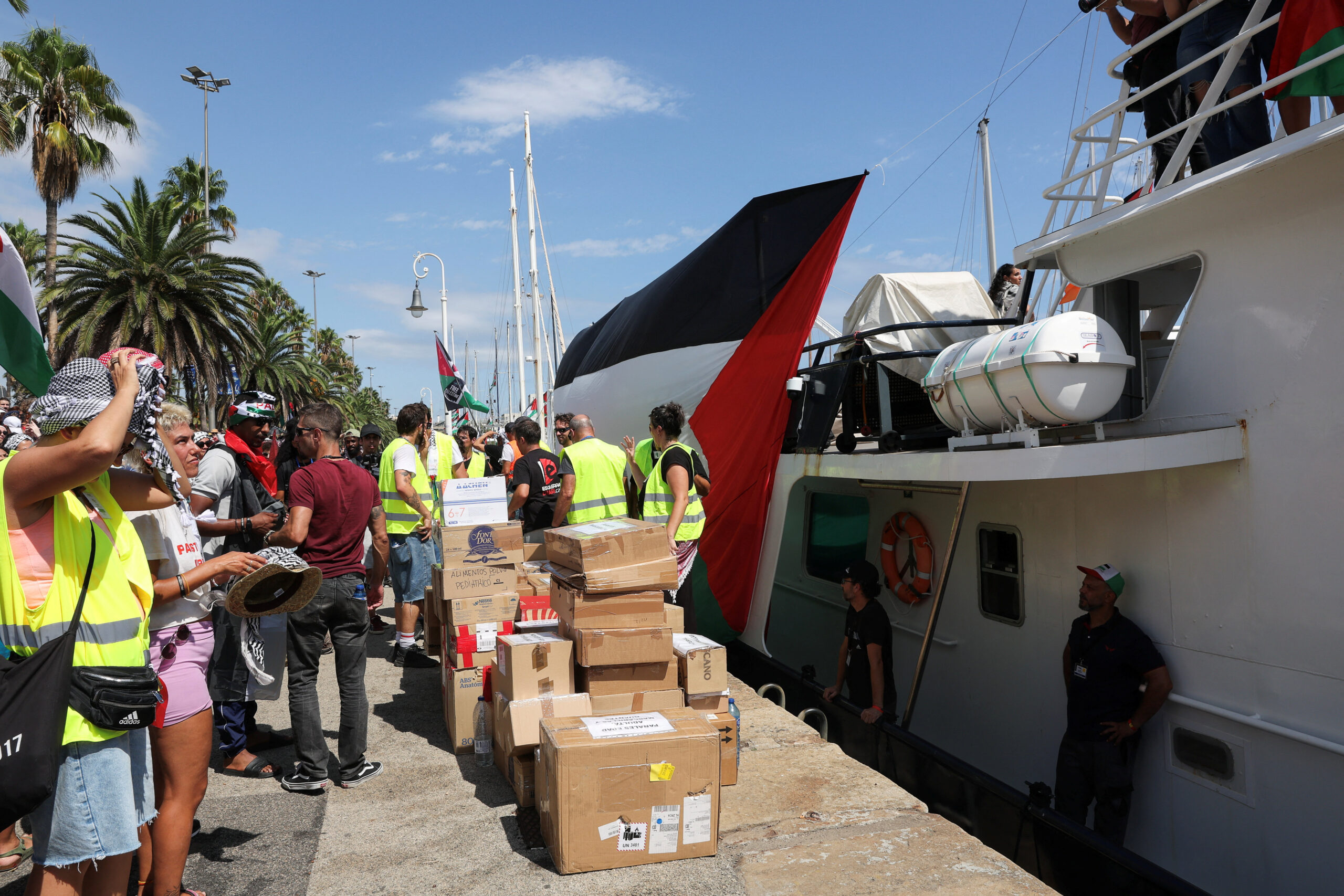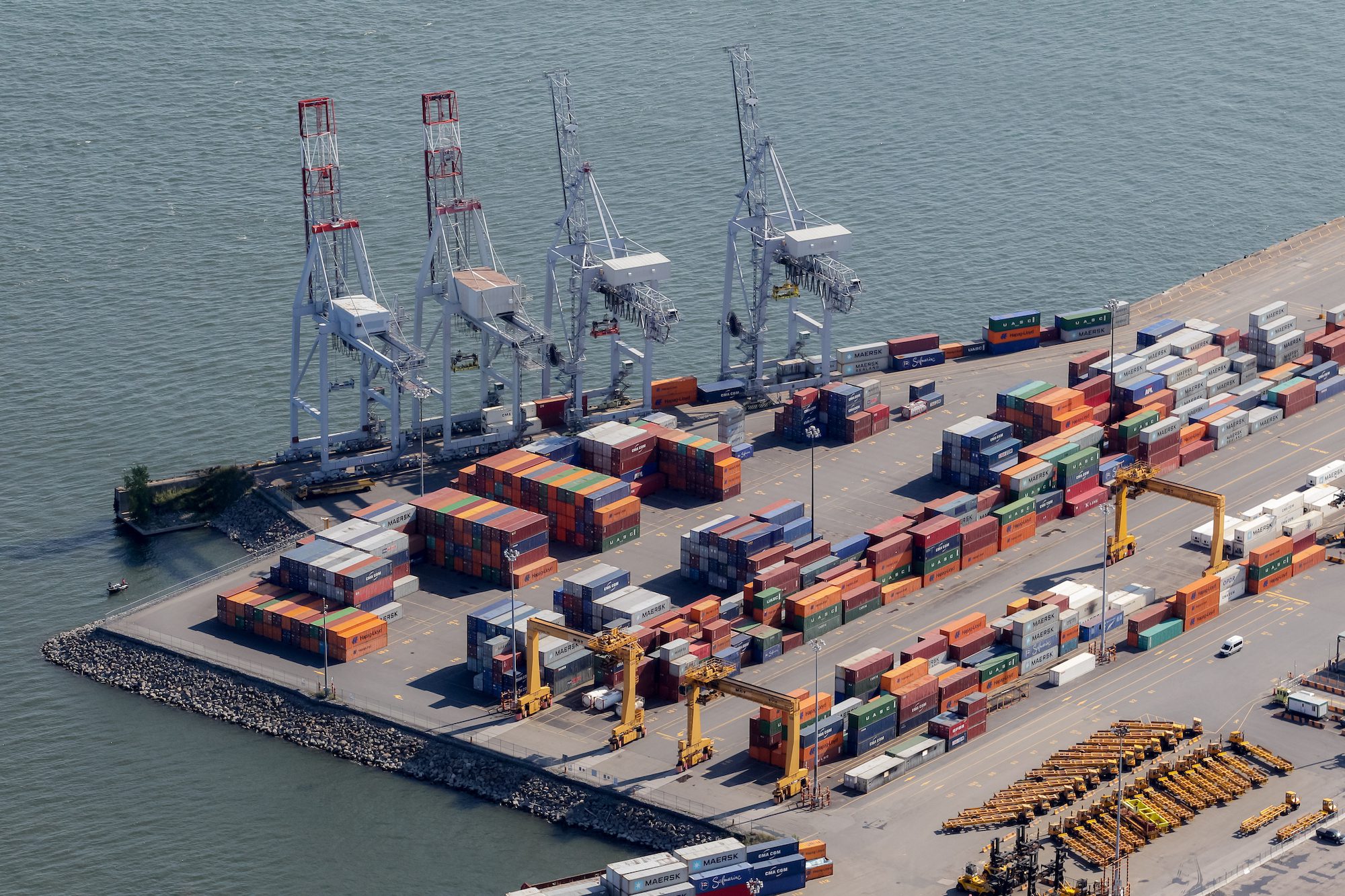Rio Tinto’s Cape Lambert loading facility – Western Australia, Photographer: Anthony B. Bannister. (c) 2013 Rio Tinto
June 24 (Bloomberg) — Rates to ship iron ore extended the year’s biggest rally on speculation Brazil expanded exports as Chinese steel mills, the biggest buyers, rebuild stockpiles.
Daily earnings for Capesizes hauling about 160,000 metric tons of the commodity used to make steel rose for a 13th session, extending the longest winning streak since July, according to the Baltic Exchange, the London-based publisher of shipping costs. Rates increased 9.9 percent to $12,158 a day, the highest since Dec. 6.
Increased exports from Brazil created a temporary shortage of vessels available to load in the Atlantic, according to RS Platou Markets AS, the investment-banking unit of Norway’s largest shipbroker. Chinese steelmakers are restocking as iron ore and steel prices recover, Frode Moerkedal, an Oslo-based analyst at Platou, said in an e-mailed report today.
“The strength in Capesize rates has coincided with stronger buying interest for iron ore,” Moerkedal said in the report. “The main region of strength has been the Atlantic due to the recent upswing in Brazilian iron-ore exports and temporary vessel tightness as few Capesize vessels have been naturally positioned in the Atlantic.”
While imported ore with 62 percent iron content at the port of Tianjin rose 5.6 percent this month to $116.60 a dry metric ton, the price is still down from a 16-month high of $158.90 on Feb. 20, according to Steel Index Ltd. Inventories at Chinese ports rose 6.5 percent to 70.6 million tons from a four-year low on March 8, according to Beijing Antaike Information Development Co. Steel reinforcement bar futures in Shanghai rose 1.1 percent this month to 3,431 yuan ($564) a ton.
The Baltic Dry Index, a broader gauge of commodities shipping costs, rose 3.4 percent to 1,062, according to the exchange. Daily earnings for Panamaxes carrying about half as much cargo as Capesizes increased 1 percent to $7,451. Rates for Supramaxes and Handysizes, the smallest ship types tracked by the index, each added less than 1 percent to $9,722 and $8,111, respectively, figures showed.
– Isaac Arnsdorf, Copyright 2013 Bloomberg.

 Join The Club
Join The Club











